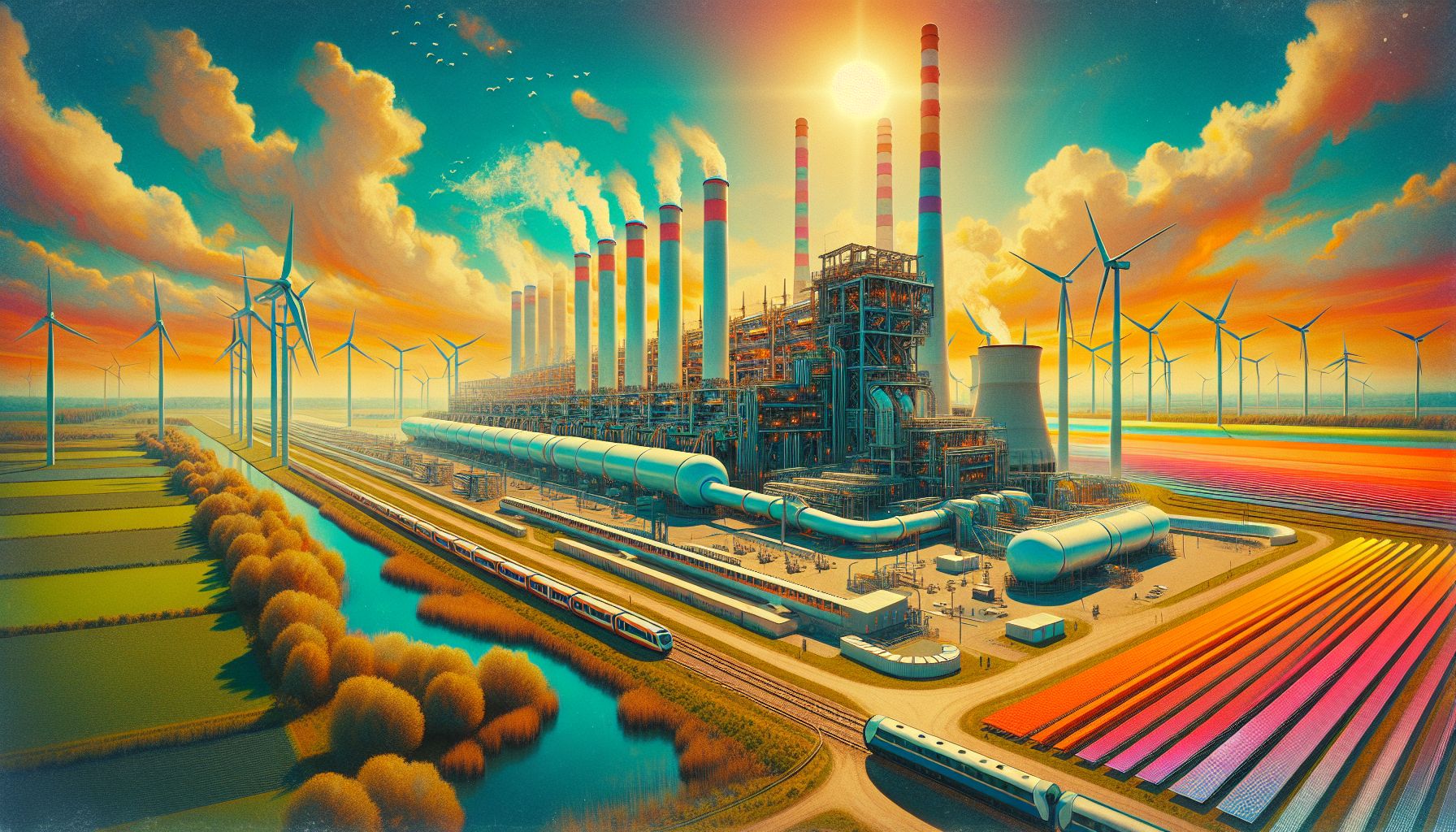Lelystad to Host Netherlands' Largest Green Hydrogen Plant

Lelystad, Tuesday, 29 October 2024.
Essent and Circul8.energy plan to build a 20 megawatt electrolyzer in Lelystad, set to become the Netherlands’ largest green hydrogen production facility. Powered by wind and solar energy, this project marks a significant step towards sustainable energy solutions, with potential to scale up to 105 megawatt capacity by 2026.
Pioneering Green Energy
The partnership between Essent and Circul8.energy symbolizes a pioneering effort in the transition to green energy within the Netherlands. By deploying a 20 megawatt electrolyzer in Lelystad, these companies aim to convert surplus solar and wind energy into green hydrogen, a clean and sustainable alternative to traditional fossil fuels. The use of electrolyzers facilitates the splitting of water into hydrogen and oxygen, a process that, when powered by renewable sources, minimizes carbon dioxide emissions previously associated with hydrogen production[1].
Strategic Location and Vision
The choice of Lelystad, located in the province of Flevoland, is strategic. Known for its robust renewable energy infrastructure, Flevoland is positioning itself as a leader in the green energy revolution. This initiative is part of a larger regional strategy to create a ‘Hydrogen Valley’ in Flevoland, aiming to leverage its abundant wind and solar resources to foster the production and distribution of green hydrogen. The project’s modular design allows for an eventual expansion to a 105 megawatt capacity, which could produce approximately 11,000 tonnes of green hydrogen annually[1].
Collaborative Efforts and Future Prospects
The realization of this green hydrogen plant is the result of close collaboration between local authorities and private entities. The project aligns with broader sustainability goals and supports the Dutch government’s ambitions for a greener energy mix. As part of the HyDeer project, which commenced in 2024, this venture represents the initial phase of a larger ambition to scale up hydrogen production and integrate it into the national energy framework. The expectation is that by the end of 2026, the facility will be fully operational, marking a significant milestone in the journey towards a more sustainable and resilient energy future[1].

